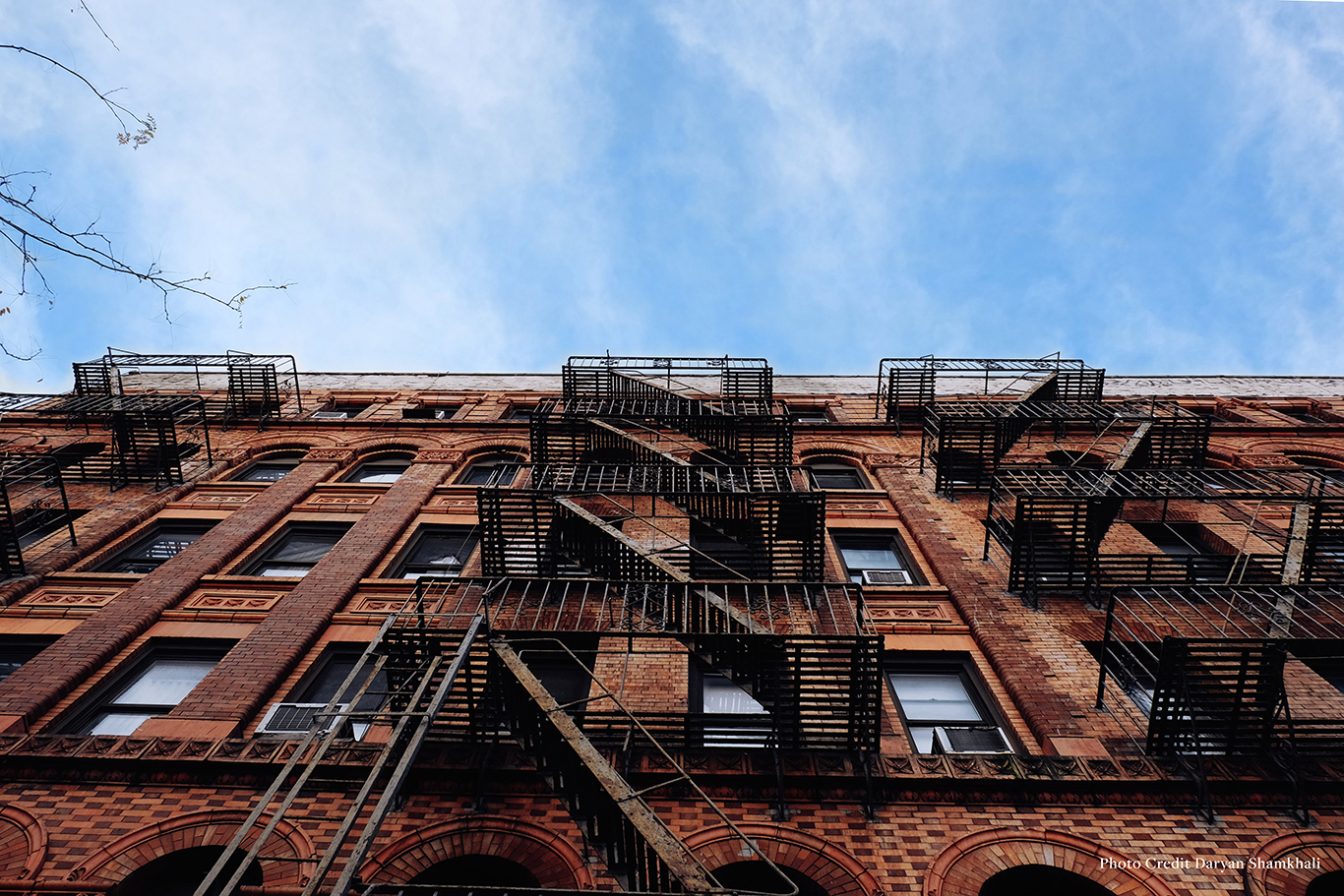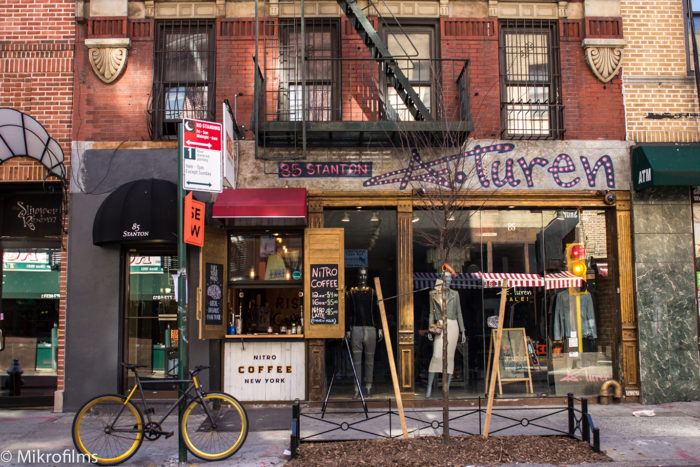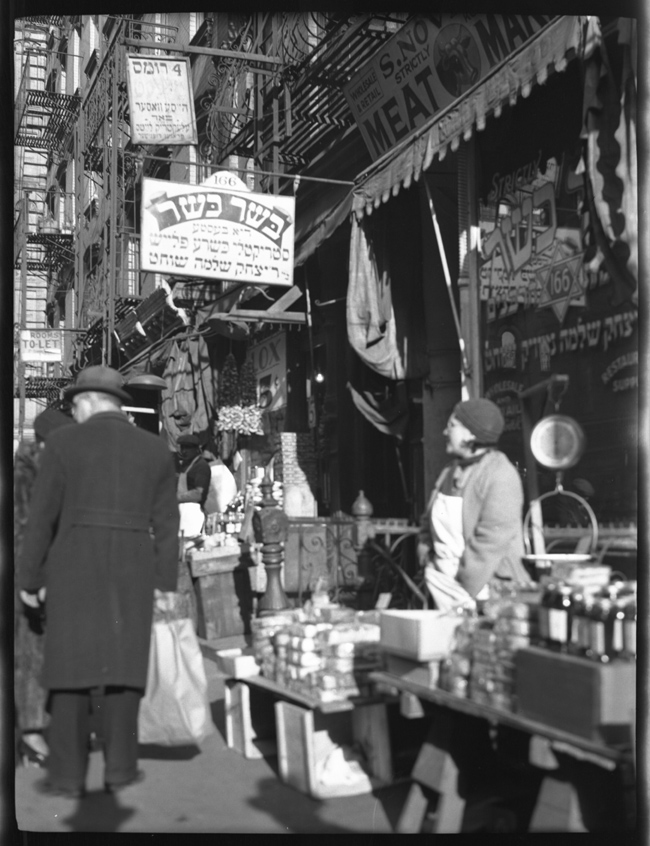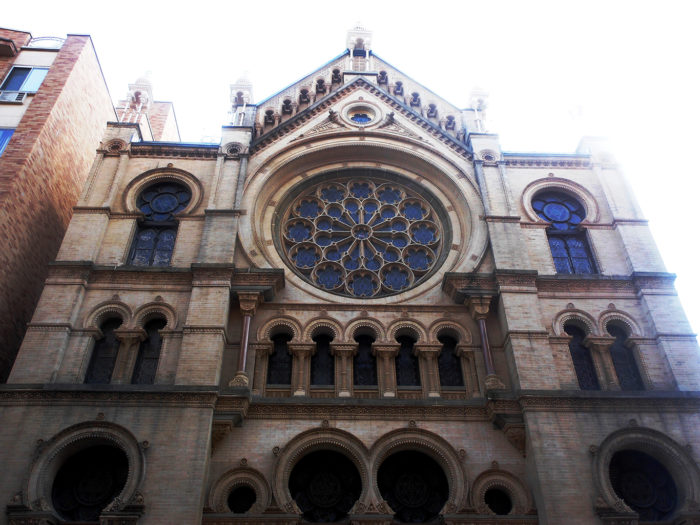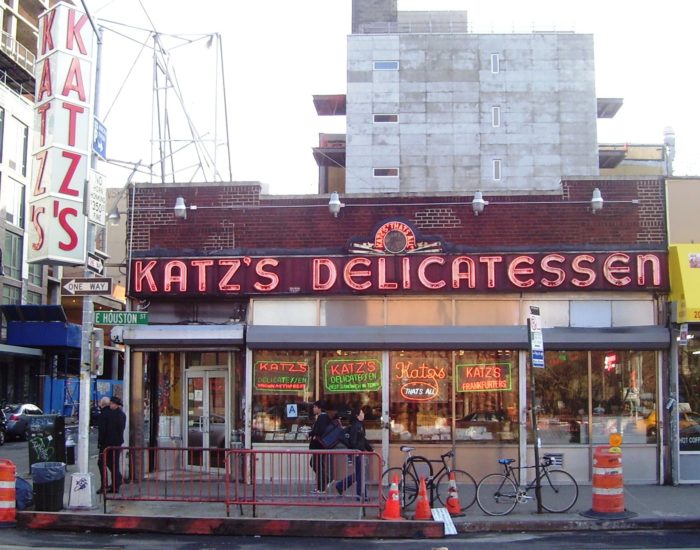Before becoming home to fashionable galleries, boutique hotels, and luxury condos, the Lower East Side was home to waves of immigrants: Germans, Irish, Ashkenazi Jews. For many of these hopeful migrants in the 19th and early 20th centuries, the neighborhood was their entry into the New World and the American Dream, a stopping point until they could afford to move uptown or out of town.
The Lower East Side today. Image: Michael Esposito/Flickr
Centuries earlier, the Lenape tribe inhabited the area, as they did the rest of Manhattan. In the 1600s they were joined by the Dutch. While establishing New Amsterdam, some of the Dutch ventured beyond the tip of Manhattan that is now the Financial District and Battery Park to work farms, or bouwerji; these gave the Bowery its name. African farmers settled here as well; some of them were freemen, while others were “half-free,” which meant they had to make yearly payments to the Dutch West India Company to maintain that liberty.
After the Dutch ceded control of the colony to the British in the 17th century, large estates made up much of the Lower East Side. A particularly notable one, which encompassed a sizable cherry orchard, belonged to the de Lancey family—hence Delancey Street. Similarly, Division Street was the boundary between the de Lancey estate and that of the equally prominent Rutgers family.
By the first half of the 19th century stores, bakeries, and factories were settling into the Lower East Side, which in turn led the workers for those businesses to settle there as well. By the 1840s a large swath of the area was known as Kleindeutschland, or Little Germany, due to the many Germans (including Hessians who had fought in the Revolutionary War) living there. The German revolutions of the late 1840s resulted in more of their compatriots settling in the area, so that by 1880 this neighborhood was the third largest community of German speakers in the world. The Irish potato famine of 1845-52, meanwhile, led to a massive influx of Irish emigrating to the United States—and crowding into the Lower East Side.
Several decades later Jews fleeing the pogroms of the Russian Empire joined their ranks. Between 1880 and 1924, nearly 75% of the 2.5 million Eastern European Jews who immigrated to the U.S. lived in the Lower East Side at some point. The already cramped tenements became even more congested: It was not unusual for a three-room flat to house as many as 15 people, and the neighborhood had an estimated density of 700 people per acre (in contrast, Manhattan today averages 105 people per acre).
Orchard Street, 1933. Image: J.B. Lightman/Wikimedia
By the end of World War II, the families of the Jewish immigrants, like those of the Irish and German immigrants before them, were moving away from the Lower East Side. While the Yiddish theaters and pushcarts of the Jewish LES have since disappeared, much of the flavor of that era remains—literally, in the case of Katz’s Delicatessen (founded in 1888), the Yonah Schimmel Knish Bakery (1910), and Russ & Daughters (1914). The Eldridge Street Synagogue, which opened in 1887, attained National Historic Landmark status and after a major restoration serves as a museum as well as a place of worship.
The Eldridge Street Synagogue. Image: Alexisrael/Wikimedia
African Americans and Puerto Ricans took the place of the European immigrants, though fortunately not in the same huge numbers that led to the overcrowding documented in works such as Jacob Riis’s How the Other Half Lives. The next immigrants who joined them came from a diverse range of countries, including Bangladesh, China, Dominican Republic, India, the Philippines, and Poland.
Immigrants were not the only ones drawn to the relative affordability of the neighborhood. Artists who found themselves priced out of Chelsea and Greenwich Village and students began moving into the area as well, leading to the emergence of galleries, chic shops, and hip restaurants. For every buzzy restaurant, however, there remains at least one longstanding storefront eatery selling rice and beans or corned-beef sandwiches; for every cocktail club there is still a neighborhood bar; and for every upscale boutique there remains a discount shop or a thrift store. In that way, the Lower East Side retains its melting-pot status.
Katz’s Deli, founded in 1888. Image: Beyond My Ken/Wikimedia


